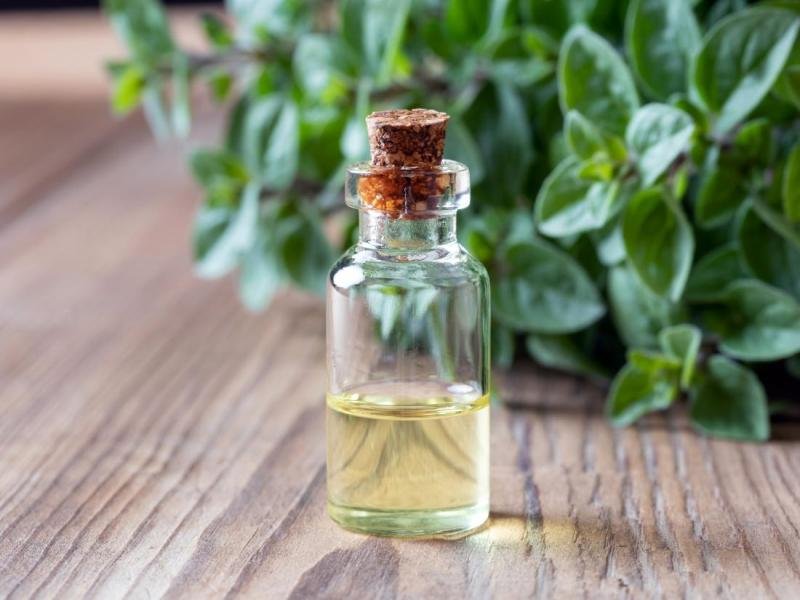Food preservation is the process in which food is prepared for long-term storage, whether you are planning it for home consumption or a commercial kitchen or to selling it directly to consumers. Preservation methods aid in inhibiting microorganism growth and other types of degeneration, implying the safety of food and satisfaction in the future is quarantined. Food preservation practices date to prehistoric times. Among the oldest methods of preservation are sun drying, wind drying, and smoking. Consider reading Nutrient Survival customer reviews here on the Reviews Bird website.
Food drying, also known as food dehydration, is a method by which many types of food can be preserved for indefinite periods by extracting the moisture, thereby inhibiting microorganisms bacteria, mold, yeast among other microorganisms. Additionally, the drying process reduces the enzyme speed action without neutralizing them. These factors make sure that food doesn’t spoil quickly and makes drying an efficient food preservation technique.
Dehydration is among the oldest food preservation methods and was employed by prehistoric peoples in sun-drying seeds. In the past, the sun and wind were a natural way of drying foods. Evidence shows that the Middle East and Oriental cultures actively dried foods within the hot sun: fish, meat, vegetable, and fruits were also dried from the earliest times. Romans also used to employ a unique technology like wind drying in the areas where they lived to dry vegetables and herbs, as there was no enough sunlight for drying.

A factor that aids with dehydrating food is humidity. Since drying involves extracting the moisture from the food items and expelling it into the encompassing air, low humidity will help with the drying process. If the humidity is high, drying will be slower just because the encompassing air would even be laden with moisture. Through escalation of the air currents or flow, one can speed up the dehydration process.
Many food varieties are often prepared by dehydration. Meat has held a historically significant role for hundreds of years. Many people have trusted the consumption of dried meat, which was used to form the most protein source for the slaves on the West Indian plantations. Currently, popular dried meats comprise of raw ham and bresaola.

Vegetables, fruits, and mushrooms were often dried. For instance, fruits are more comfortable to dry than vegetables because moisture evaporates quickly but for the optimal vegetable amount of moisture must be removed for the merchandise to keep its original taste and without degenerating its nutritional value. Ripe apples, berries, cherries, peaches, apricots, and pears are practical to dry.
Vegetables practical to dry include peas, corn, peppers, zucchini, okra, onions, and green beans. Certain foods aren’t suitable for drying due to their high moisture content: lettuce, melons, and cucumbers are quite foods that don’t dry well.



